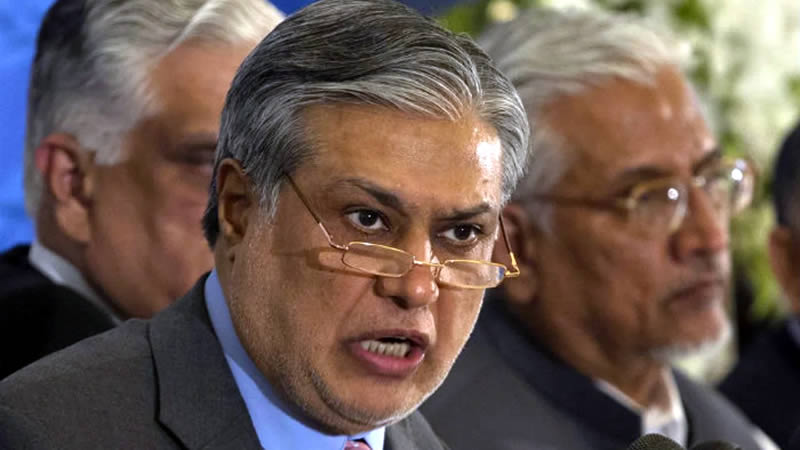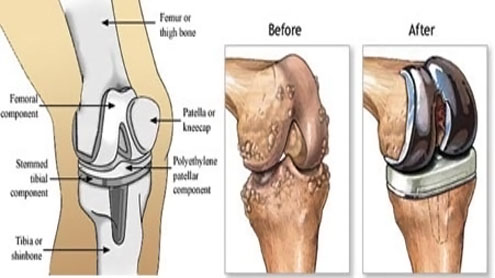 Rating agency Standard & Poor’s (S&P) has downgraded Japan’s credit rating from AA to AA-, citing Japan’s worsening debt situation for the move.
Rating agency Standard & Poor’s (S&P) has downgraded Japan’s credit rating from AA to AA-, citing Japan’s worsening debt situation for the move.
It said it expected Japan’s debt, which already stands at almost twice the country’s annual economic output, to continue rising for about 15 years.
It added that the government “lacked a coherent strategy” for tackling the debt problem.
Separately, figures showed Japan’s export growth accelerating in December.
“The downgrade reflects our appraisal that Japan’s government debt ratios – already among the highest for rated sovereigns – will continue to rise further than we envisaged and will peak in the mid 2020s,” S&P said.
It forecast that the government’s fiscal deficit – the amount by which the government’s expenditure exceeds its revenues each year – would fall “only modestly” from an estimated 9.1% of GDP in the 2010 financial year, to 8.0% in 2013.
In addition, S&P raised concerns about Japan’s “persistent deflation” and “fast-ageing population”, which places a huge burden on the state through benefit payments.
Export growth
Japan’s exports grew by 13% compared with a year earlier, the finance ministry said, an improvement on the 9.1% growth seen in November.
Continue reading the main story
“Start Quote
We can expect the pace of economic recovery to accelerate further in the first half of this year”
End Quote Taro Saito NLI Research Institute
Strong demand in North America for Japanese cars boosted exports.
Exports are key to Japan’s economy and analysts say December’s figures bode well for the country’s recovery.
November was the first month in nine months that the rate of export growth had increased.
The slowdown between February and October, in part due to a strong yen – which makes exports more expensive – had raised concerns about Japan’s economic recovery.
However, the latest export figures have helped to ease some of these fears.
Exports to China grew by 20.1%, while those to the US rose 16.5%.
For 2010 as a whole, exports grew by 24.4%, the first annual expansion in three years.
“Export growth in December is significant – this is a good sign for a recovery,” said Taro Saito, senior economist at the NLI Research Institute.
“I’d say the Japanese economy, which has been in standstill for some time, will start moving forward. We can expect the pace of economic recovery to accelerate further in the first half of this year.”
Falling prices
The Bank of Japan and the government have been working hard to stimulate the country’s economy.
The bank has lowered interest rates to close to zero and injected trillions of yen into the economy in order to boost demand.
The government has also introduced a number of stimulus packages designed to boost growth by creating jobs.
Despite these measures, and the encouraging export figures, some concerns about the country’s fragile recovery remain.
The most pressing concern is consumer prices, which have been falling for almost two years.
Deflation is particularly damaging to economic growth because it undermines consumer demand, as individuals tend to wait until prices fall further before making purchases.
And although Japan’s economy expanded at an annual pace of 4.5% between July and September, many economists attribute this relatively strong growth to one-off factors.
Most expect growth to have been weaker in the final three months of the year -BBC











